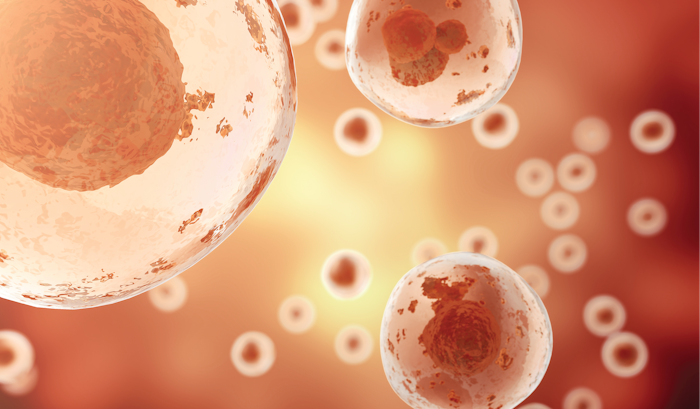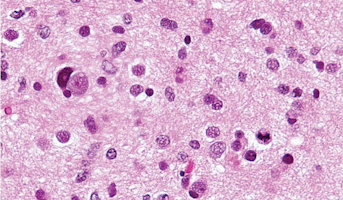Investigating the Tumorigenesis Mechanisms and Vulnerabilities of Pediatric High-grade Gliomas with H3G34R/V
Email Principal Investigator
About this
Project
Pediatric high-grade gliomas (pHGGs) is a deadly disease that requires robust research to develop effective therapies. Recently, recurring mutations in genes encoding histone H3 have been identified in pHGGs, including H3K27M and H3G34R/V. Histones are the proteins that pack DNA together and influences caused by such mutations outside of DNA are considered epigenetic changes. Pediatric HGGs with these mutations show distinct gene expression patterns and epigenetic landscapes, suggesting that the mechanisms of tumor growth might be different and they might require different therapeutic strategies. Pediatric HGGs with H3G34R/V, which is less well-studied than pHGGs with H3K27M, will be the major focus of this study. The goals of this project are to identify direct genomic targets of H3G34R/V in pHGG cell lines. This study could reveal previously unknown tumorigenesis mechanisms and novel drug targets of H3G34R/V pHGGs. Cell lines derived from different H3G34R/V pHGG patients have different genetic backgrounds, therefore findings in one specific cell line may not apply to others. To find mechanisms and drug targets that apply to most patients with H3G34R/V, it is critical to perform experiments in multiple H3G34R/V pHGG cell lines and identify the common mechanisms and potential therapeutic targets. This is why the Children’s Brain Tumor Network’s contribution of preclinical models to this project is so important.
Ask The
Scientists
What are the goals of this project?
The main goal of this project is to identify direct genomic targets of H3G34R/V in pHGG cell lines.
What is the impact of this project?
Once targets are identified, further work can be done to develop personalized therapeutics for patients with pediatric high grade gliomas with HG34r/V mutations.
Why is the CBTN request important to this project?
Researchers need access to multiple samples of this rare tumor type, samples only available through the Children’s Brain Tumor Network.
Specimen Data
The Children's Brain Tumor Network is contributing to this project by providing preclinical models.
Meet The
Team
Institutions

Harvard Medical School
Harvard Medical School is the graduate medical school of Harvard University and is located in the Longwood Medical Area of Boston, Massachusetts. Harvard Medical School has affiliation agreements with 15 of the world’s most prestigious hospitals and research institutes, vital partners that provide c





